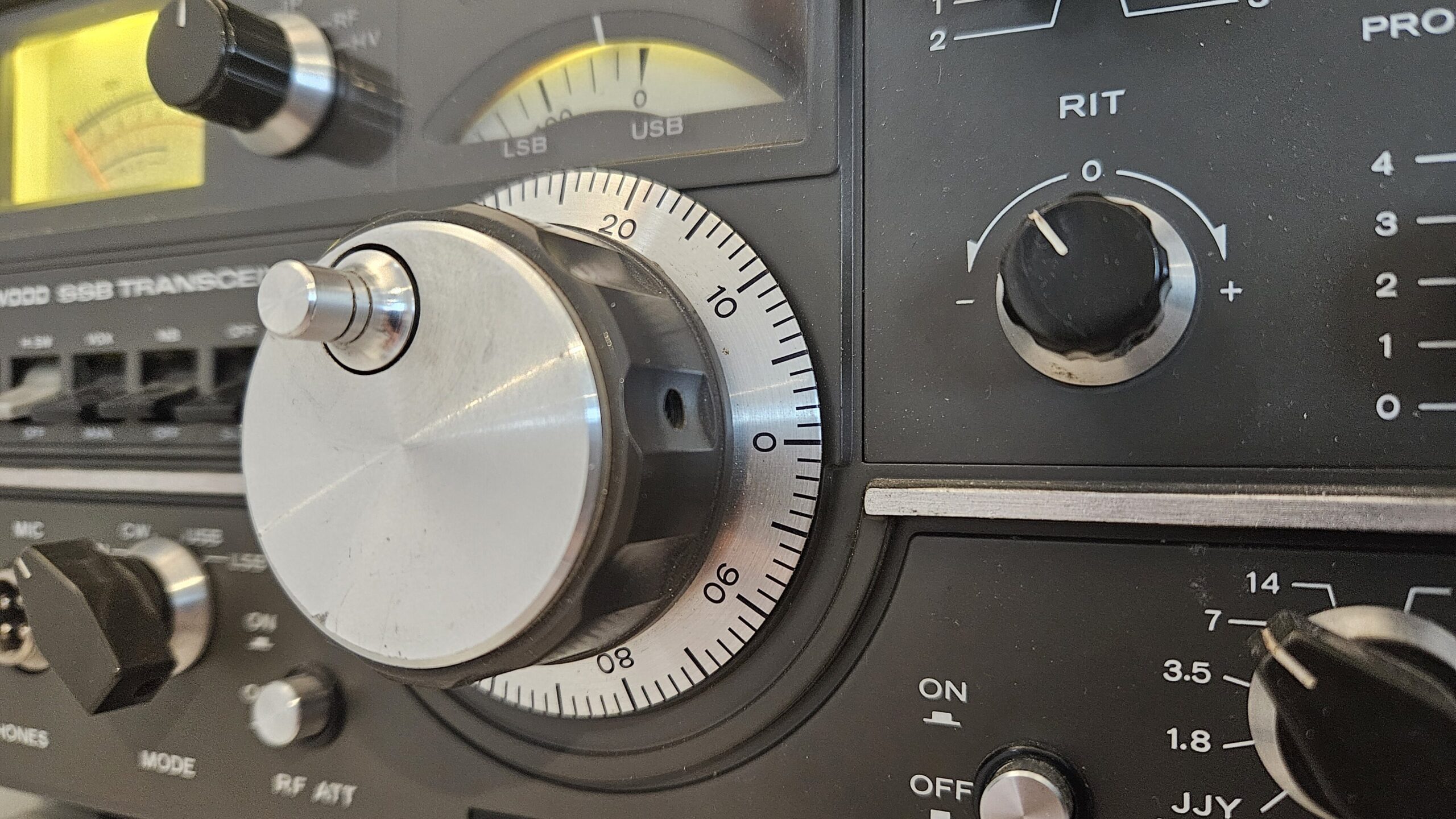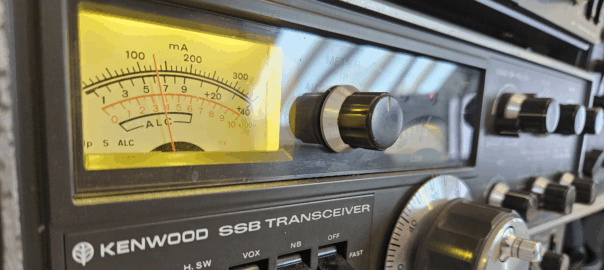Following on from the previous exploration of how receivers convert a CW signal into an audable tone, we will take the next step in our journey to understand why pre-DSP receivers have a fixed pitch CW tone, and the oft overlooked feature there to ease your ears.
Ice picks and sloppy mud.
Some operators love a CW tone around 1,000 Hz, which to me feels like the little people who live in my head are climbing my ear drums with ice picks. Others prefer something closer to 300 Hz. Between aging, sensitivity, operating conditions and a range of other factors, it’s not just that we’re a pampered lot that we each have a preferred CW pitch.
So why can’t older radios change their tone?
Recall that by changing the frequency we mix against an RF signal, we can alter the tone we hear. The issue is that in more performant designs the Variable Frequency Oscillator (VFO) is used to convert the RF to an intermediate frequency and not setting the BFO frequency. The BFO uses a fixed offset, often around 700 to 800 Hz.
Modern radios don’t have this limitation as the Digital Signal Processing (DSP) extracts the CW signal and generates a synthetic tone at whichever pitch the operator chooses.

Can’t any receiver adjust the VFO knob for a different tone.
Certainly, but in the context of a CW exchange, consider what would happen if two stations, each wanting to listen on their preferred, different pitch were having a conversation. Every time they changed their VFO to their preference they would be changing their transmit frequency too, inadvertently changing their partner’s receive tone. The partner would then adjust their VFO …; they’d be chasing each other around the band.
If only there were a way to change our receive frequency without affecting our transmit frequency.

Receiver Incremental Tuning (RIT) to the rescue.
The RIT control allows us to shift the VFO frequency by ±2 kHz, but the magic is that this only effects the receive frequency. As such, we can tune the RIT as much as we want to achieve our pitch of choice. And if you were wondering, it’s also the means by which we operate split with a single VFO rig.
“Huh, I have a modern rig, no RIT for me.” you say.
Well, “Huh” right back at you! Those of us with older radios enjoy poor frequency stability. We don’t really notice it, but our QSO partners certainly will. The next time you’re working a station, and their signal starts drifting, don’t be a lid and change your VFO, hit that RIT button and join in the fun.
Lance
September 2025
